Desertification Cell
Introduction
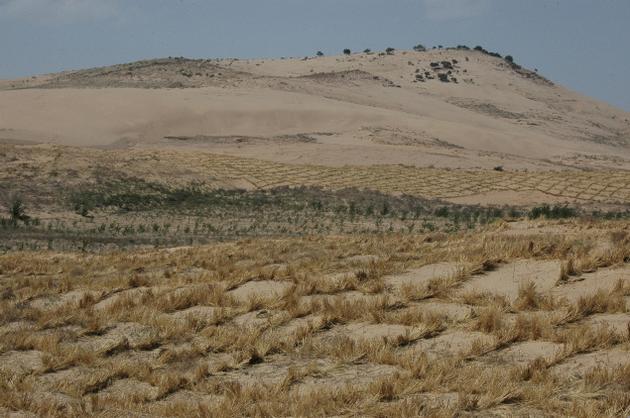
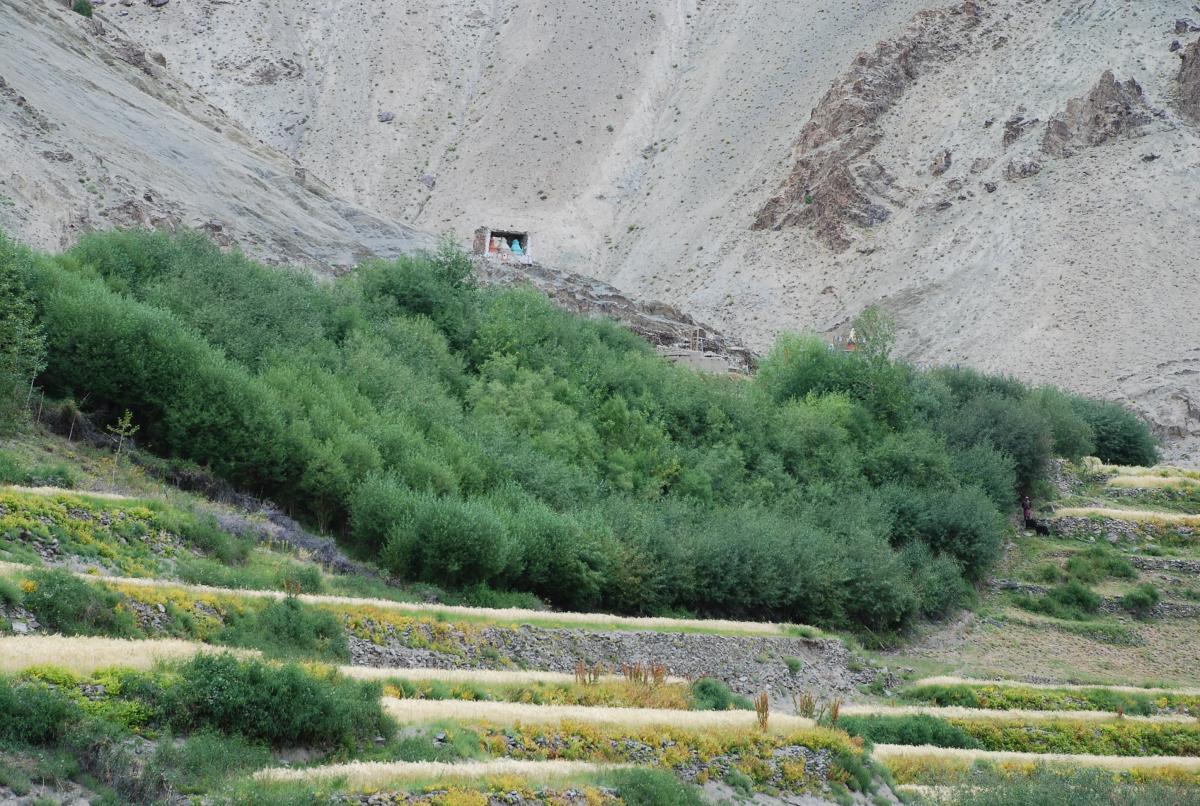
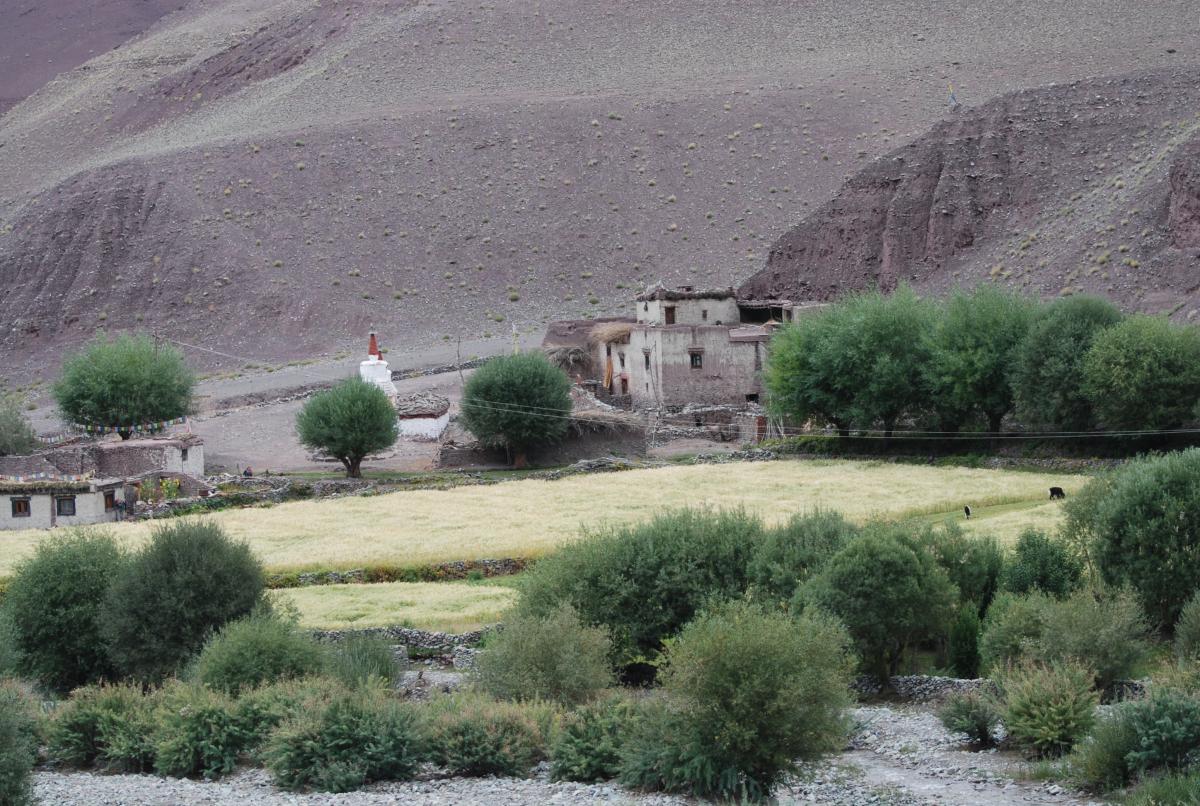
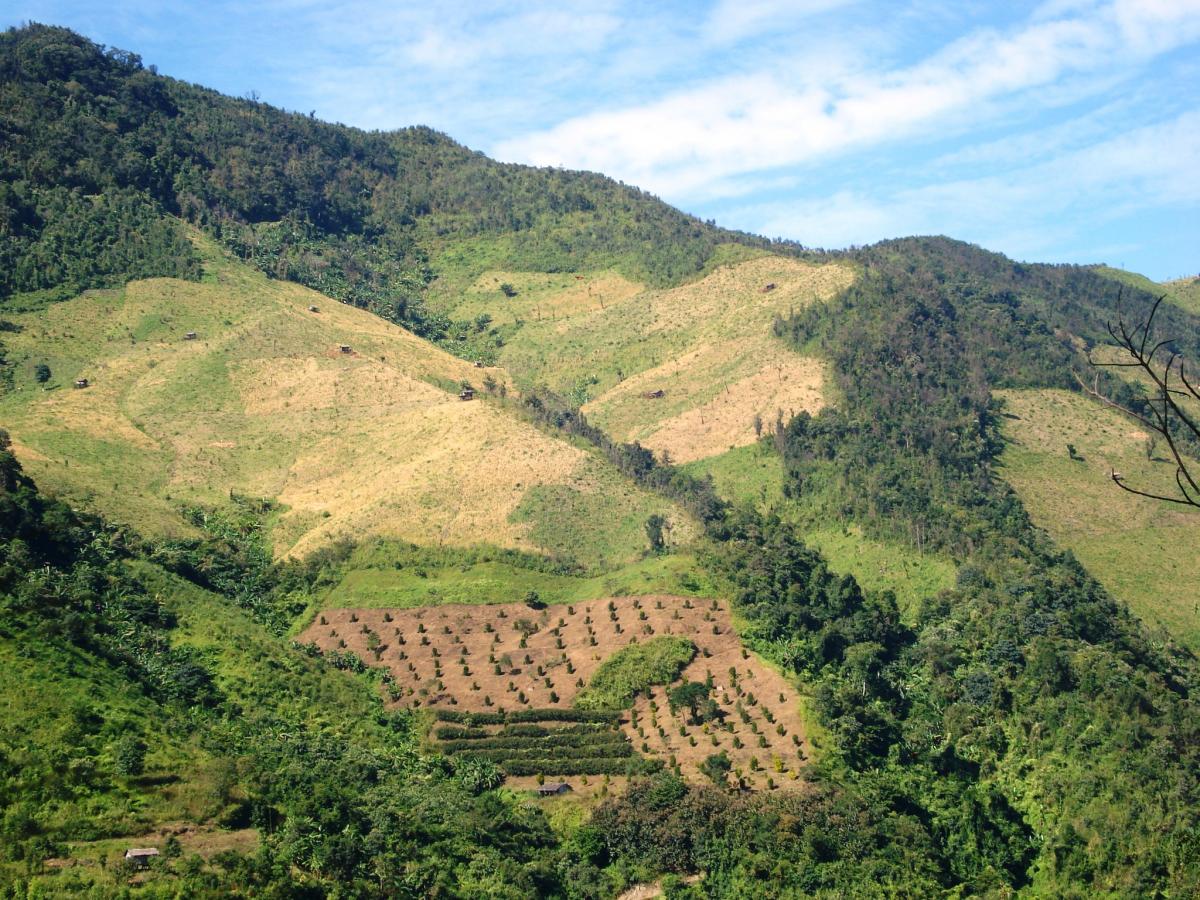
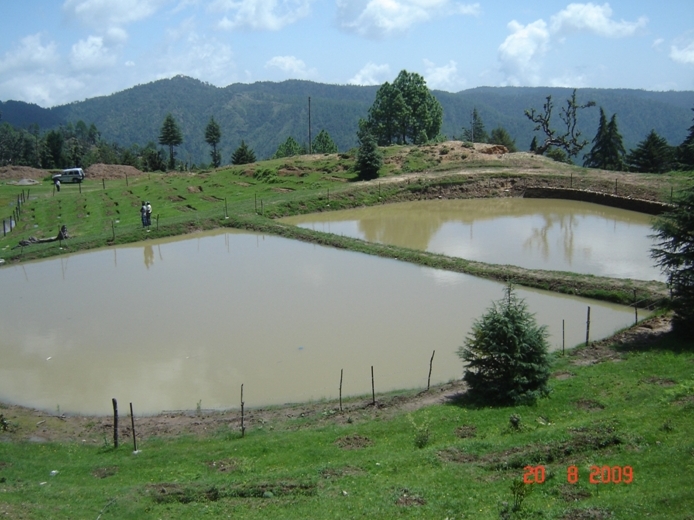
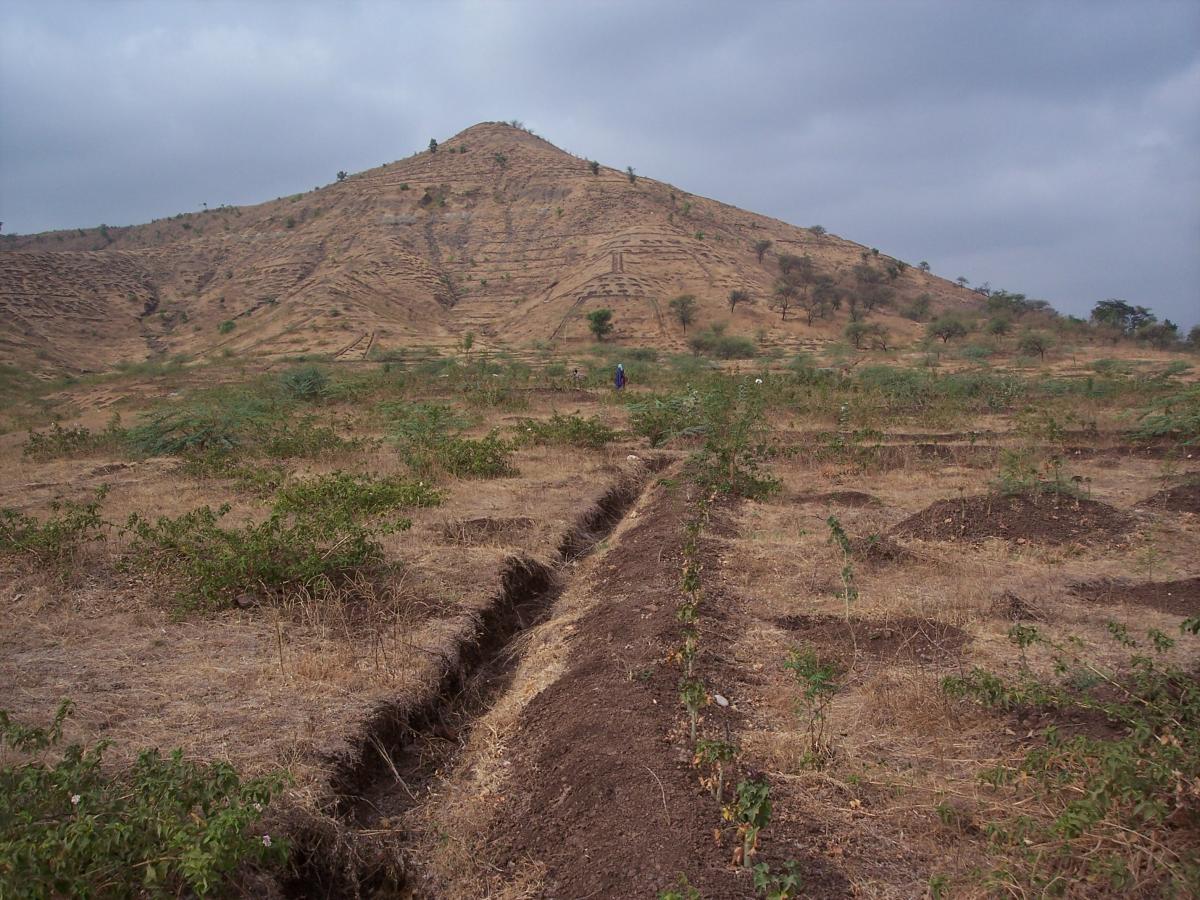
India, with about 32% of its land under degradation and 25% undergoing desertification, has a huge task cut out to ensure sustainable land management as well as food, water and livelihood security by adopting both preventive and curative strategies for moving towards land degradation neutrality in a realistic time-frame. The effort needs to be supported by adequate financial resources, robust scientific base, effective policies, strong institutional mechanism and elaborate monitoring systems. This will have huge implications for overcoming poverty in the affected areas. Commensurate benefits will also accrue on account of a range of ecosystem services from avoided degradation, land restoration, biodiversity conservation, reduced CO2 emissions and storage of carbon pool. India has had a long journey in addressing degraded lands and has also recorded some remarkable success. Many of the present schemes and programmes of Ministry of Rural Development, Department of Land Resources, Ministry of Environment, Forest and Climate Change, Ministry of Agriculture, Ministry of Water Resources, Ministry of Tribal Affairs, Ministry of Panchayati Raj, Deptt. of Science and Technology, Deptt. of Space have significant bearing for addressing the DLDD challenges. Though India does not have a specific policy or legislative framework for combating desertification as such, the concern for arresting and reversing land degradation and desertification gets reflected in many of our national policies (for e.g., National Water Policy 2012; National Forest Policy 1988; National Agricultural Policy 2000; Forest (Conservation) Act 1980; Environment (Protection) Act 1986; National Environmental Policy 2006; National Policy for Farmers 2007; National Rainfed Area Authority (NRAA)- 2007) which have enabling provisions for addressing these problems. It is also implicit in the goals of sustainable forest management (SFM), sustainable agriculture, sustainable land management (SLM) and the overarching goal of sustainable development which the country has been pursuing. The subject has in fact been engaging the attention of our planners and policy makers since the inception of planning. The first five year plan (1951-1956) had ‘land rehabilitation’ as one of the thrust areas. In the subsequent plans too, high priority has been consistently attached to development of the drylands.
The Desertification Cell undertakes activities to help strengthen inter-ministerial coordination, build scientific and technical capacity, and facilitate knowledge sharing by bringing diverse stakeholder groups together that will lay the foundation for undertaking activities for combating desertification and mitigating the effects of droughts.

